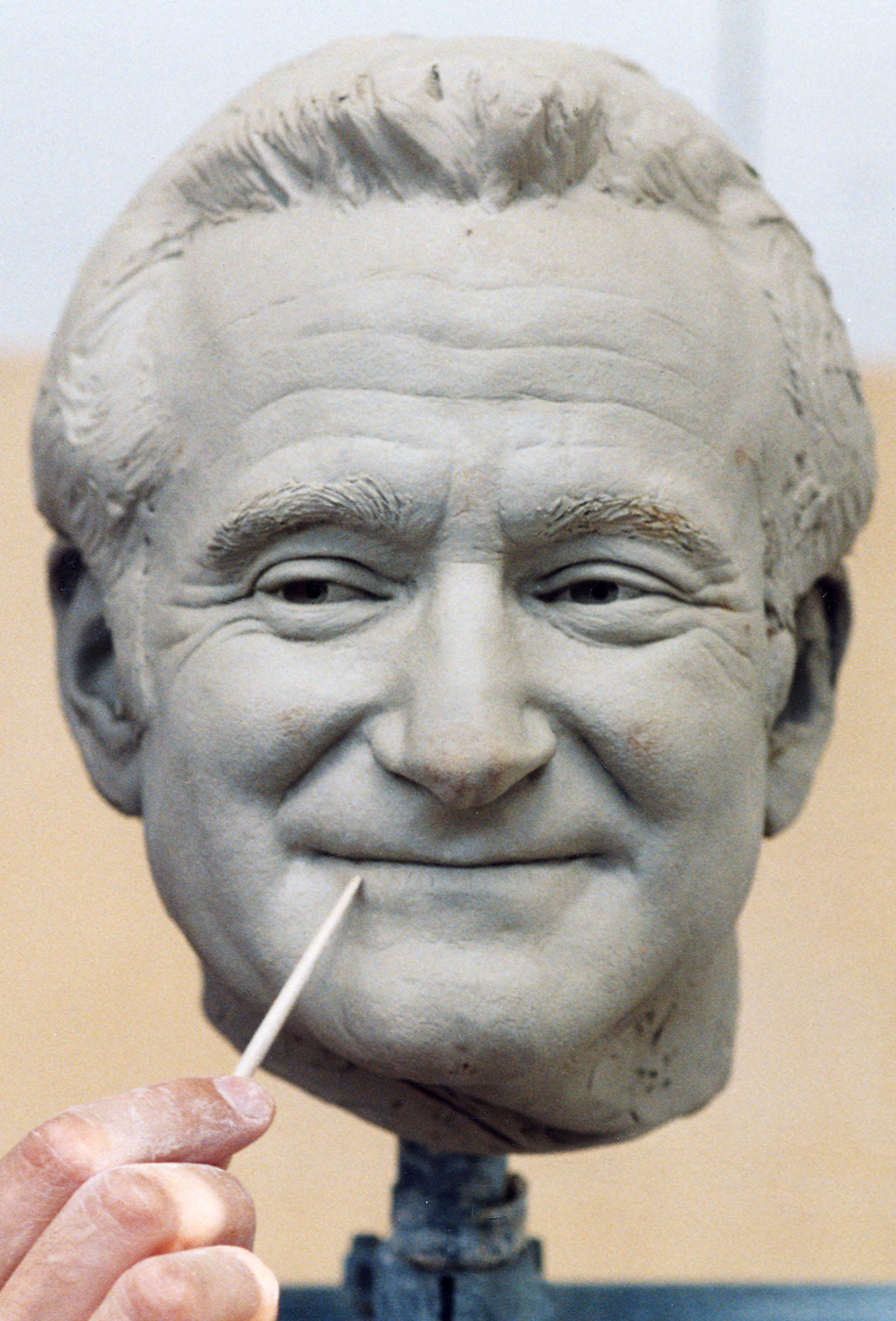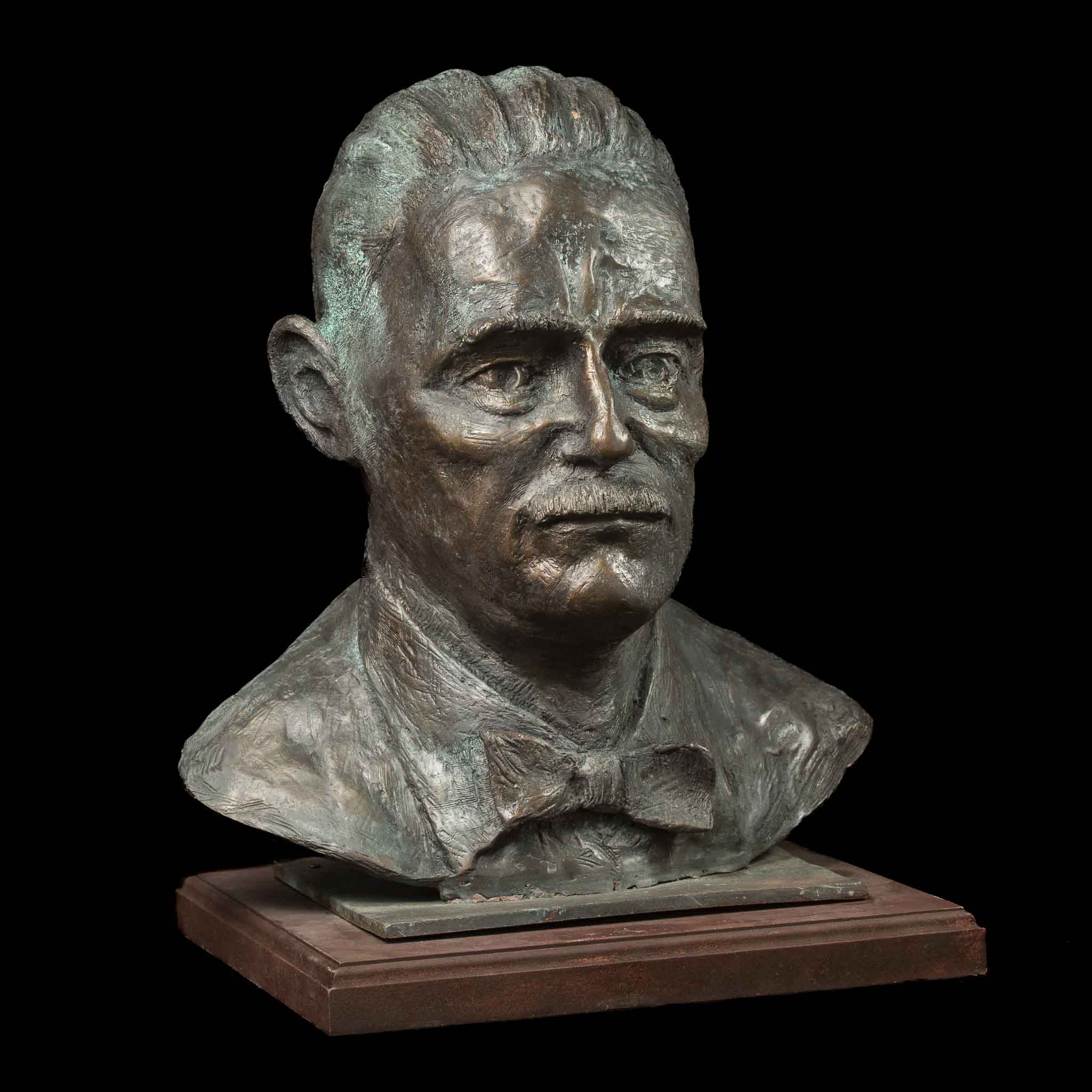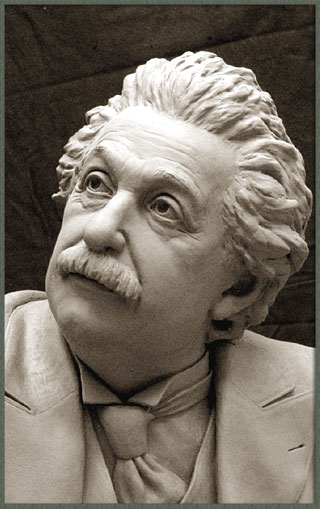Shaping the Human Kind: Portrayals of the Body in Sculpture
Forming the Human Kind: Representations of the Body in Sculpture is an extensive expedition of the artistic representation of the human body throughout history. This exhibit explores the various techniques, designs, and social perspectives that have shaped the method musicians have actually depicted the human type in sculpture. From the elegant marble sculptures of ancient Greece to the detailed work of arts of the Renaissance, from the flamboyant and elaborate Baroque and Rococo sculptures to the progressive and abstract expressions of modern and contemporary sculpture, this event provides a captivating journey through the evolution of this classic art kind - Robert C Hitchcock Sculptor. By examining the varied analyses and depictions of the human body, site visitors will certainly gain a deeper understanding of the creative, social, and social influences that have formed our assumption of the human form.
Ancient Greek Sculptures

Among the defining characteristics of Old Greek sculptures is their emphasis on balance. Each component of the body is meticulously crafted to be symmetrical to the whole, producing a feeling of balance and consistency. The artists paid cautious focus to every detail, from the placement of muscular tissues to the positioning of limbs, guaranteeing that each number appeared both graceful and effective.
The Greeks likewise valued the principle of idyllic charm. Instead than depicting the flaws and problems of the human form, they sought to develop an idealized version of fact. The sculptures typically represented gods, professional athletes, and goddesses, with their bodies formed to perfection. Robert C Hitchcock Sculptor. This idealized representation of the human kind not only well known physical beauty however also acted as a means of inspiring and boosting the customer.
Renaissance Masterpieces
Proceeding the expedition of the portrayal of the human form in sculpture, Renaissance masterpieces even more fine-tune the idyllic principle of elegance, structure upon the symmetrical and harmonious proportions of their Old Greek predecessors. During the Renaissance period, which covered from the 14th to the 17th century in Europe, artists sought to revive the classic suitables of ancient Greece and Rome. They examined and mimicked the jobs of the ancient masters, aiming for a realistic depiction of the human body.
Among one of the most distinguished Renaissance sculptors was Michelangelo Buonarroti. His masterpiece, the sculpture of David, exhibits the excellence and grace that became synonymous with Renaissance art. Standing at over 17 feet tall, the sculpture depicts the scriptural hero in a state of calm before his battle with Goliath. David's muscular physique, caught with extraordinary information, discloses the artist's proficiency of human composition.
Another significant Renaissance carver was Donatello. His sculpture of Saint George, developed in the very early 15th century, showcases the artist's capacity to convey strength and the aristocracy with the human form. The statue portrays the fabulous dragon-slaying saint in a positioned and certain position, radiating a sense of heroism.
Renaissance work of arts not only celebrated the physical charm of the body but likewise conveyed deeper feelings and definitions. With their thorough interest to detail and competent craftsmanship, Renaissance carvers raised the art of sculpture to new elevations, leaving a long lasting heritage that remains to motivate artists to now.
Baroque and Rococo Sculpture
Rococo and baroque sculpture exemplifies the luxuriant and extravagant portrayal of the human kind during the 17th and 18th centuries. Defined by its dramatic and dynamic style, Baroque sculpture intended to astound audiences with its majesty and emotional strength. Musicians such as Gian Lorenzo Bernini and Alessandro Algardi created sculptures that conveyed motion, often portraying numbers in significant positions. The usage of light and darkness further enhanced the sense of dramatization, developing a theatrical impact.
Rococo sculpture, on the various other hand, arised as a reaction to the grandiosity of the Baroque period. It welcomed a much more playful and fragile strategy, concentrating on decorative details and elaborate styles. François Boucher and Jean-Baptiste Pigalle were popular Rococo sculptors who crafted works characterized by their elegance and beauty. They frequently portrayed figures in elegant and sensuous positions, reflecting the lighthearted and whimsical nature of the Rococo design.
Both Rococo and baroque sculpture put a terrific emphasis on the human kind, commemorating that site its charm and expressing a variety of feelings - Portrait Sculptor. Whether it was the vibrant and powerful figures of the Baroque or the elegant and charming figures of the Rococo, these sculptures recorded the significance of the human experience, leaving a long lasting influence on the art globe
Modern and Contemporary Sculpture
The development of sculpting the human kind continues in modern-day and modern sculpture. With the introduction of brand-new materials and techniques, musicians have pushed the limits of representation, testing standard notions of kind and charm. Modern sculpture arised in the late 19th century as an action to the changing social and political landscape. Musicians such as Auguste Rodin and Constantin Brancusi looked for to catch the essence of the human type, emphasizing feeling and movement. Rodin's "The Thinker" and Brancusi's "Bird precede" are famous examples of this duration.
In the 20th century, the surge of abstraction and theoretical art brought new possibilities for artists. Musicians like Henry Moore and Barbara Hepworth explored the relationship in between kind and room, creating abstracted and natural numbers that tested typical notions of representation. Moore's monumental bronze sculptures and Hepworth's carved stone works are celebrated for their ingenious usage of products and their capacity to stimulate a feeling of the body in a non-literal means.
Contemporary sculpture remains to press the borders of depiction and discover brand-new products and strategies. Musicians like Antony Gormley and Ron Mueck develop hyper-realistic sculptures that test our assumption of the body, while others, such as Louise Bourgeois and Kiki Smith, make use of the body as an allegory for collective and individual experiences. The human type stays a powerful subject in sculpture, offering a platform for artists to explore identification, feeling, and the human problem.
Cultural Point Of Views on the Human Body

In the exploration of sculpting the human kind, the assessment of cultural perspectives on the human body discloses a varied and abundant tapestry of depictions and analyses. Throughout history, different societies have held unique ideas and worths relating to the human body, resulting in distinctive creative expressions - Robert C Hitchcock Sculptor. These cultural viewpoints form the method the body is shown and viewed in sculpture, reflecting societal norms, religions, and visual perfects
For instance, old Greek sculptures commemorated the idyllic human type, emphasizing physical beauty and athleticism. In comparison, old Egyptian sculptures focused on the preservation of the body in the immortality, illustrating figures with rigid postures and idyllic functions.
In a similar way, cultural perspectives on the body in African art frequently emphasize public identity and spiritual ideas (Portrait Sculptor). Sculptures from numerous African cultures depict the body with exaggerated features, signifying cultural values and genealogical links. Aboriginal cultures in the Americas also have special perspectives on the body, typically depicting it in a spiritual context and stressing the connection in between people and nature
The examination of social perspectives on the body in sculpture allows us to get insight right into the values, ideas, and looks of different cultures throughout history. It highlights the diversity of human experiences and the ways in which art shows and shapes our understanding of the human kind.

Conclusion
Finally, the representation of the human body in sculpture has advanced with time, showing different cultural point of views and artistic activities. From the idealized numbers of Ancient Greek sculptures to the stirring and reasonable Renaissance work of arts, and the complex information of Baroque and Rococo sculptures, to the abstract and experimental kinds of contemporary and modern sculpture. The human body has actually been a subject of fascination and imaginative exploration throughout background, showcasing the diverse interpretations and expressions of the human kind.
Shaping the Human Kind: Portrayals of the Body in Sculpture is an extensive expedition of the imaginative representation of the human body throughout background. From the beautiful marble sculptures of old Greece to the intricate masterpieces of the Renaissance, from the flamboyant and luxuriant Baroque and Rococo sculptures to the avant-garde and abstract expressions of modern-day and modern sculpture, this exhibition uses an exciting journey with the advancement of this classic art form. Artists like Antony Gormley and Ron Mueck produce hyper-realistic sculptures that test our perception of the human body, while others, such as Louise Bourgeois and Kiki Smith, utilize the body as an allegory for individual and cumulative experiences. The human form stays an effective topic in sculpture, providing a platform for artists to check out identification, feeling, and the human problem.
From the idyllic numbers of Old Greek sculptures to the realistic and emotive Renaissance work of arts, and the detailed information of Baroque and Rococo sculptures, to the abstract and speculative kinds of modern and contemporary sculpture.